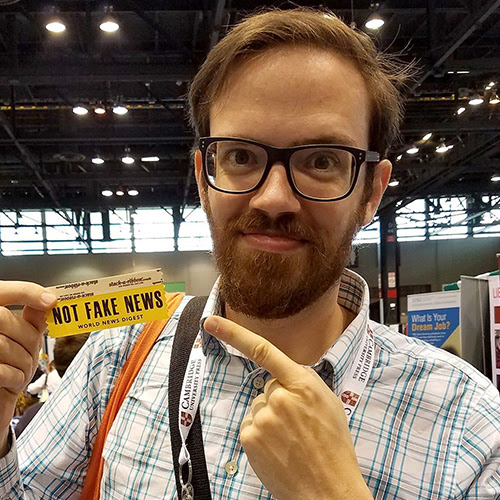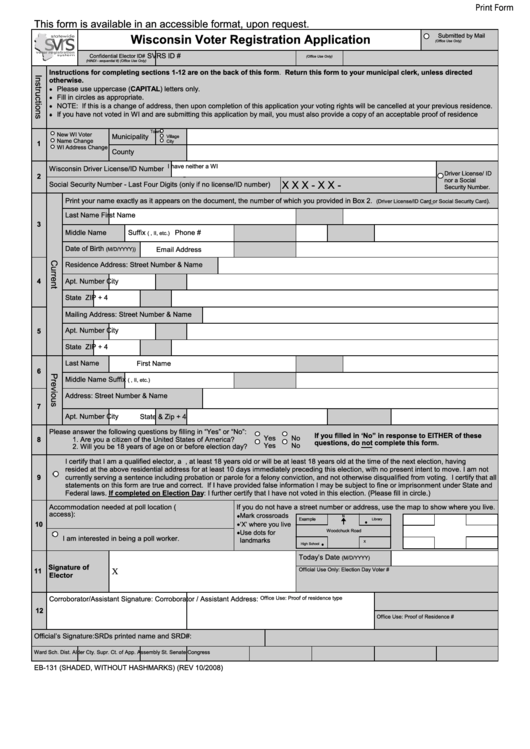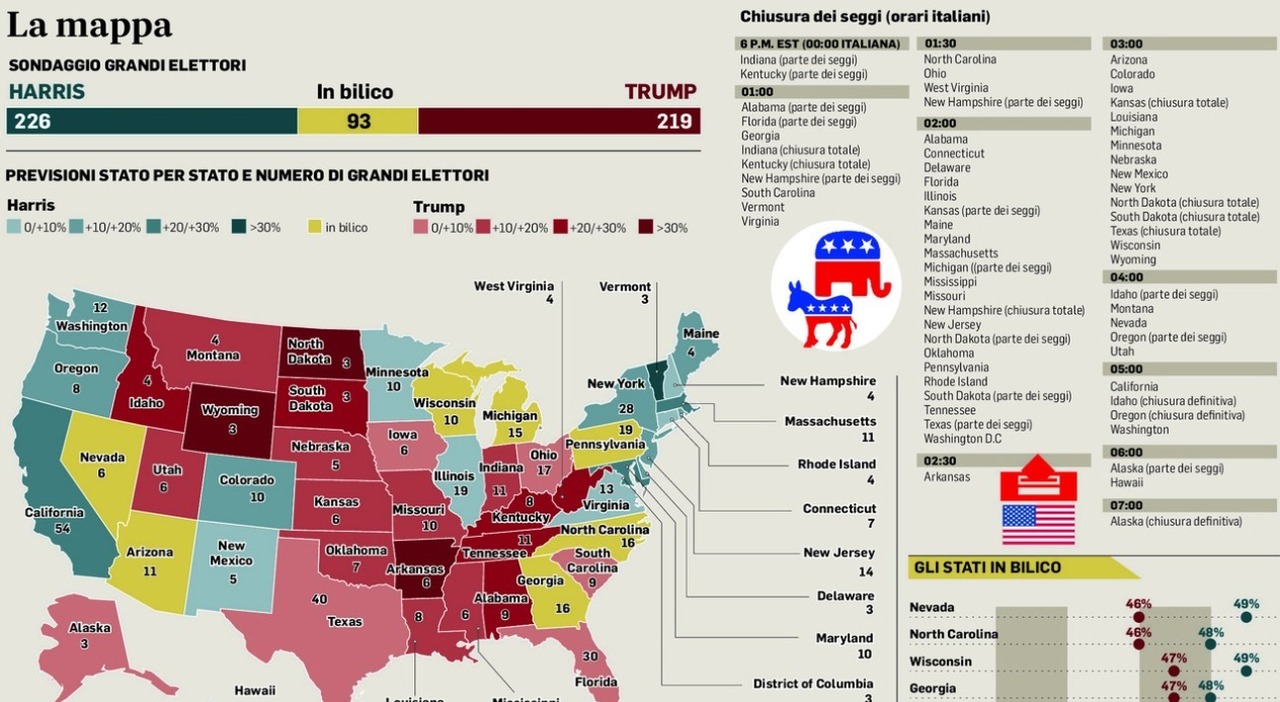Debunking Misinformation: Effective Strategies From CNN's Experts

Table of Contents
Identifying Misinformation: Red Flags and Warning Signs
Recognizing misinformation requires a critical eye and understanding of common tactics used to spread false narratives. This involves identifying red flags and warning signs that signal potential inaccuracies.
Recognizing Common Misinformation Tactics
Many tactics are employed to spread misinformation. Learning to recognize these is a crucial first step in debunking false information. CNN's fact-checking process serves as a gold standard in identifying these deceptive practices.
- Clickbait headlines: Sensationalized headlines designed to attract clicks without regard for accuracy. For example, a headline like "Shocking Study Reveals..." is often a red flag.
- Emotional appeals: Stories that play on fear, anger, or excitement to bypass critical thinking. These often lack substantial evidence.
- Misleading visuals: Altered or manipulated images and videos used to support false claims. Reverse image searches can help identify manipulated content.
- Fabricated quotes: Attributing false statements to individuals or organizations to lend credibility to a false narrative. Always verify quotes with primary sources.
- Conspiracy theories: Unfounded narratives that explain events with secret plots and hidden agendas, often lacking evidence and defying logic.
- Confirmation bias exploitation: Presenting information that confirms pre-existing beliefs, regardless of factual accuracy. Be aware of your own biases.
- Lack of credible sources: Claims without verifiable sources or citations should be viewed with skepticism. Always check the credibility of sources.
- Out-of-context information: Using quotes or data selectively to misrepresent their original meaning. Examine the full context of any information.
- Unverified claims presented as fact: Assertions made without evidence or proper attribution, presented as established truths.
Evaluating Sources for Credibility
Source credibility is paramount in determining the accuracy of information. CNN, for example, employs rigorous fact-checking and verification processes to ensure the accuracy of its reporting.
- Check author credentials: Investigate the author's expertise and potential biases. Are they qualified to comment on the subject?
- Look for evidence of bias: Does the source present information fairly or does it show a clear slant? Consider the source's potential motives.
- Examine website reputation: Is the website known for accurate reporting or is it known for promoting misinformation?
- Cross-reference information with multiple reputable sources: Don't rely on a single source. Compare information across various reliable outlets.
- Verify dates and context: Ensure the information is current and accurately reflects the context of events.
- Be wary of anonymous sources: Information from anonymous sources should be treated with extreme caution, especially without corroboration.
Effective Strategies for Debunking Misinformation
Once you've identified potentially misleading information, you need effective strategies to debunk it and share accurate information responsibly.
Fact-Checking Techniques
Employing rigorous fact-checking techniques is vital in debunking misinformation.
- Use reputable fact-checking websites: Websites like Snopes, FactCheck.org, and PolitiFact offer detailed analysis of claims.
- Employ reverse image searches: Use Google Images or TinEye to determine the origin and usage history of images.
- Consult expert opinions: Seek opinions from credible experts in the relevant field to assess the accuracy of claims.
- Examine the evidence presented: Scrutinize the evidence supporting a claim. Is it sufficient and reliable?
- Consider the context and motive of the source: Understanding the context and potential motives behind the information is critical in evaluating its credibility.
Engaging in Constructive Dialogue
Sharing accurate information requires respectful and constructive dialogue.
- Approach conversations with empathy and respect: Even when disagreeing, maintain a respectful tone.
- Present facts calmly and logically: Avoid emotional language and focus on providing evidence.
- Avoid getting drawn into arguments: Focus on presenting facts, not engaging in unproductive debates.
- Focus on shared facts and common ground: Find common ground to build a foundation for productive discussion.
- Provide credible sources to support your claims: Back up your statements with evidence from reputable sources.
Protecting Yourself from Misinformation Online
Proactive measures are crucial in shielding yourself from online misinformation.
Cultivating Media Literacy Skills
Developing strong media literacy skills is crucial in navigating the digital landscape.
- Develop critical thinking skills: Question information and evaluate its credibility before accepting it as true.
- Be skeptical of sensationalized information: Beware of claims that are too good (or too bad) to be true.
- Learn to identify logical fallacies: Understand common errors in reasoning that can lead to misinformation.
- Understand different types of bias: Recognize how biases can influence the presentation of information.
- Be aware of your own biases: Acknowledge your own biases and actively work to overcome them.
Utilizing Social Media Wisely
Social media can be a breeding ground for misinformation. Use it responsibly.
- Be selective about the information you share: Only share information you have verified as accurate.
- Verify information before sharing it: Don't spread misinformation unintentionally.
- Report misleading content: Report posts or accounts that consistently spread false information.
- Follow reputable news sources on social media: Follow accounts from credible news organizations.
- Be critical of comments and interactions: Don't blindly accept information presented in comments sections.
Conclusion
Effectively debunking misinformation requires a multi-pronged approach encompassing critical thinking, source verification, and constructive dialogue. By understanding the tactics used to spread misinformation and employing the strategies outlined above – drawing upon the expertise exemplified by CNN’s fact-checking efforts – you can become a more informed and responsible consumer of information. Remember, actively combating the spread of false narratives is vital for a healthy democracy. Continue your journey in learning how to effectively debunk misinformation and become a champion of truth.

Featured Posts
-
 Daily Lotto Results Thursday 17 April 2025
May 02, 2025
Daily Lotto Results Thursday 17 April 2025
May 02, 2025 -
 Centenarian Dallas Star Dies A Legacy Remembered
May 02, 2025
Centenarian Dallas Star Dies A Legacy Remembered
May 02, 2025 -
 Why Arent Nick Robinson And Emma Barnett Hosting Together On Radio 4
May 02, 2025
Why Arent Nick Robinson And Emma Barnett Hosting Together On Radio 4
May 02, 2025 -
 Talk Tv Presenters Last Minute Cancellation Host Steps In
May 02, 2025
Talk Tv Presenters Last Minute Cancellation Host Steps In
May 02, 2025 -
 Secure Your Free Cowboy Bebop Fortnite Cosmetics
May 02, 2025
Secure Your Free Cowboy Bebop Fortnite Cosmetics
May 02, 2025
Latest Posts
-
 Understanding The Implications Gop Candidate Appeals North Carolina Supreme Court Decision
May 02, 2025
Understanding The Implications Gop Candidate Appeals North Carolina Supreme Court Decision
May 02, 2025 -
 Gop Candidates North Carolina Supreme Court Appeal What It Means
May 02, 2025
Gop Candidates North Carolina Supreme Court Appeal What It Means
May 02, 2025 -
 Analyzing The 2024 Election Key Insights From Florida And Wisconsin Voter Turnout
May 02, 2025
Analyzing The 2024 Election Key Insights From Florida And Wisconsin Voter Turnout
May 02, 2025 -
 Newsround Viewing Guide Bbc Two Hd Channel
May 02, 2025
Newsround Viewing Guide Bbc Two Hd Channel
May 02, 2025 -
 Interpreting The 2024 Election Turnout In Florida And Wisconsin Key Political Insights
May 02, 2025
Interpreting The 2024 Election Turnout In Florida And Wisconsin Key Political Insights
May 02, 2025
